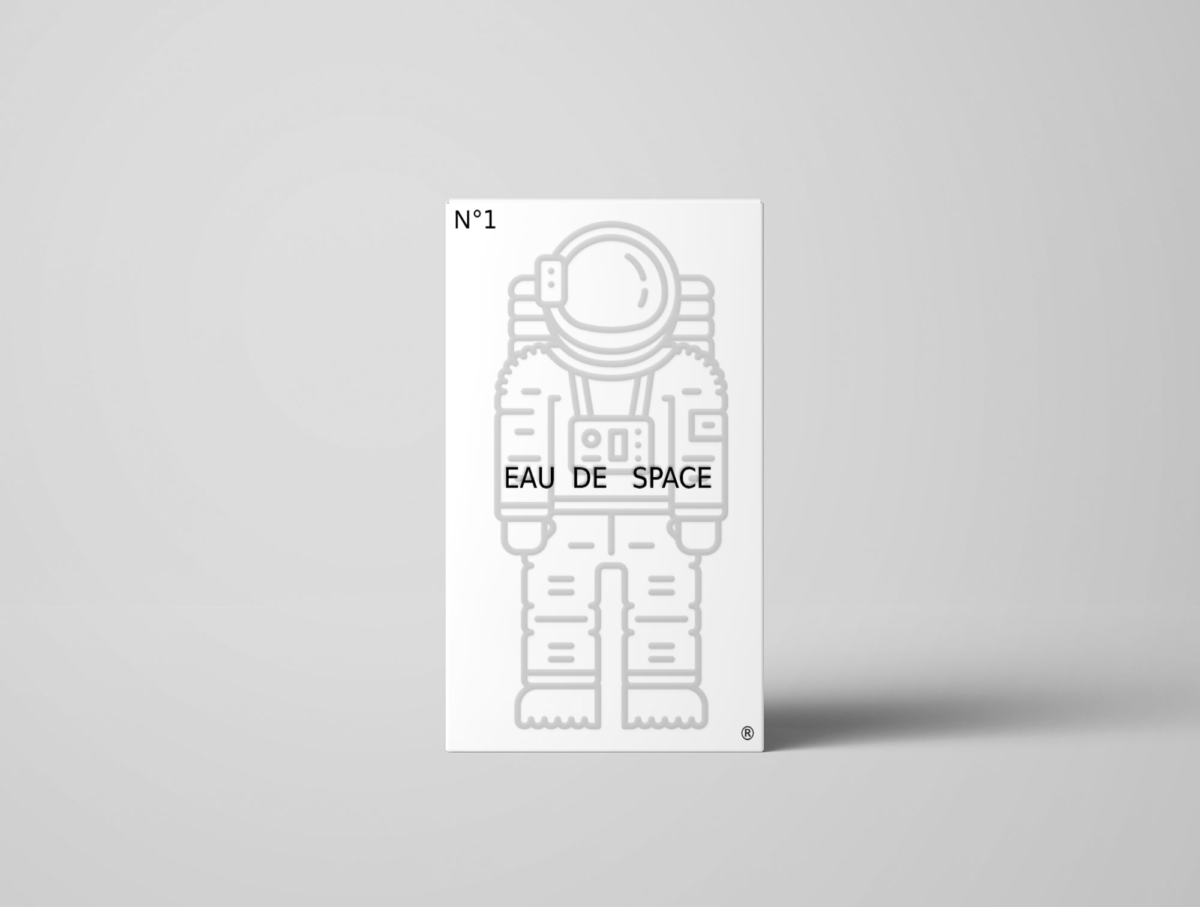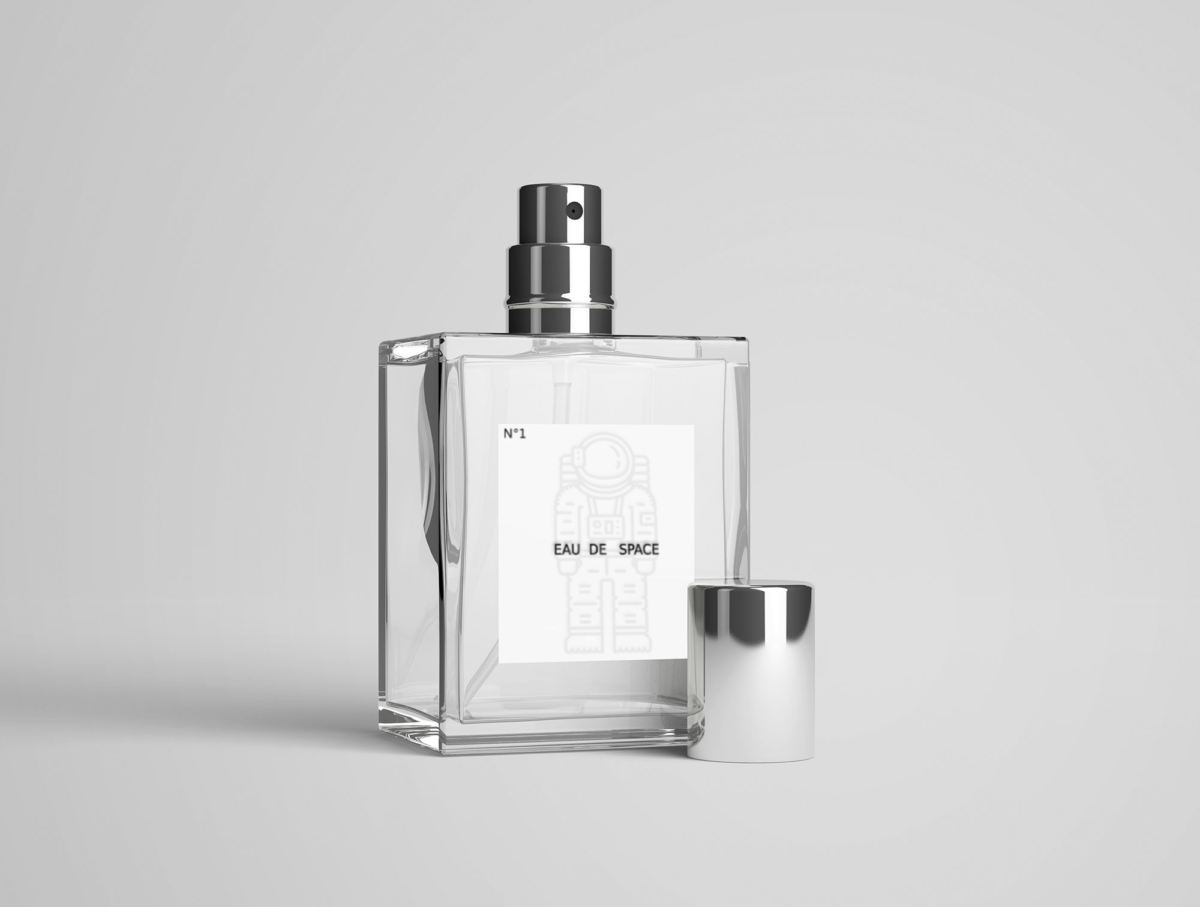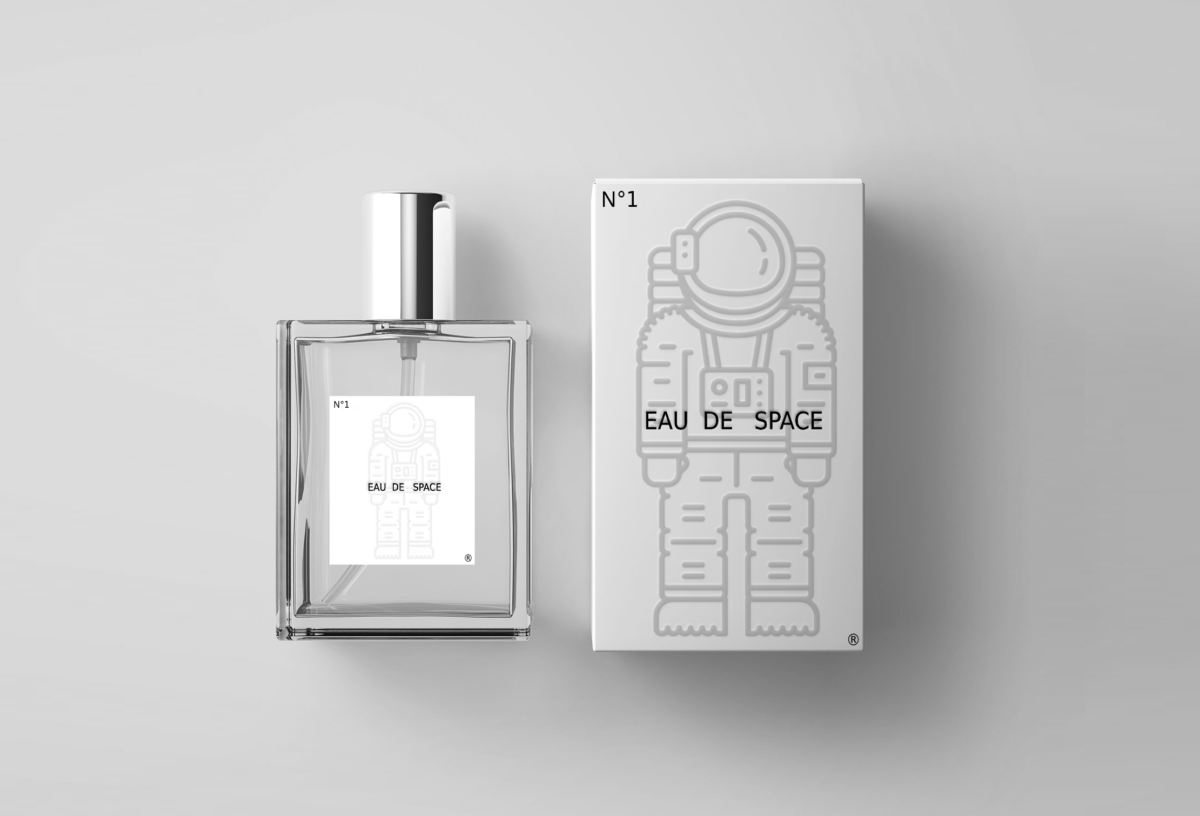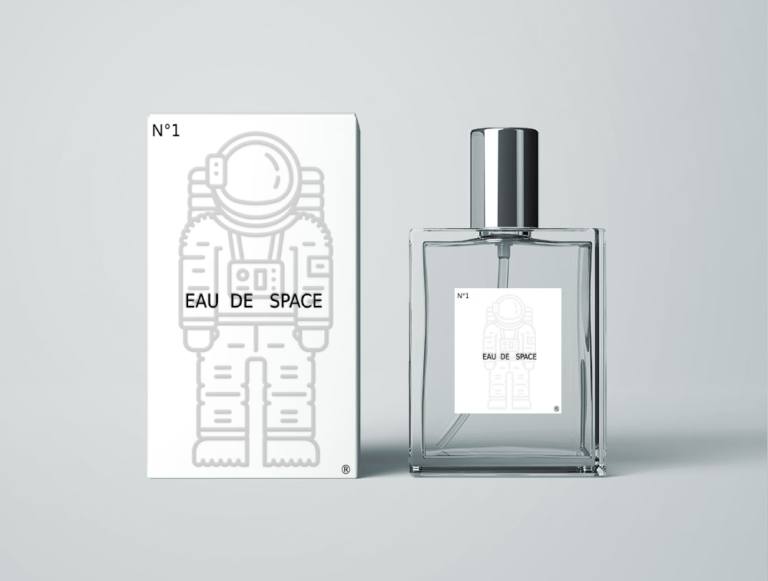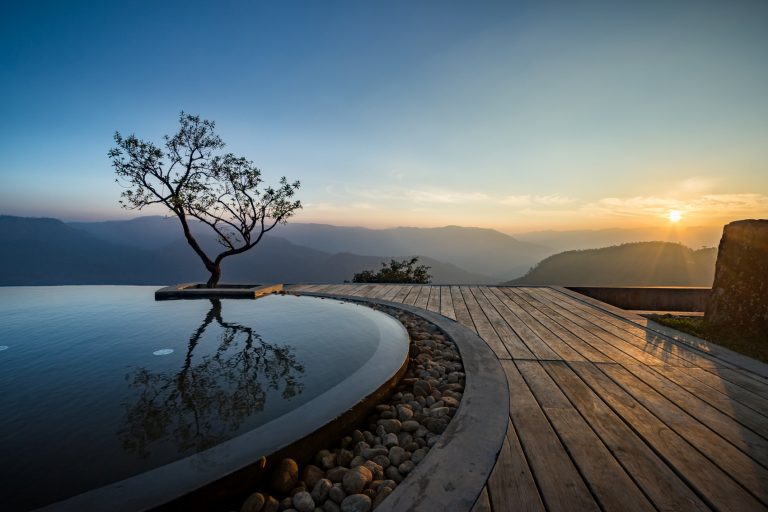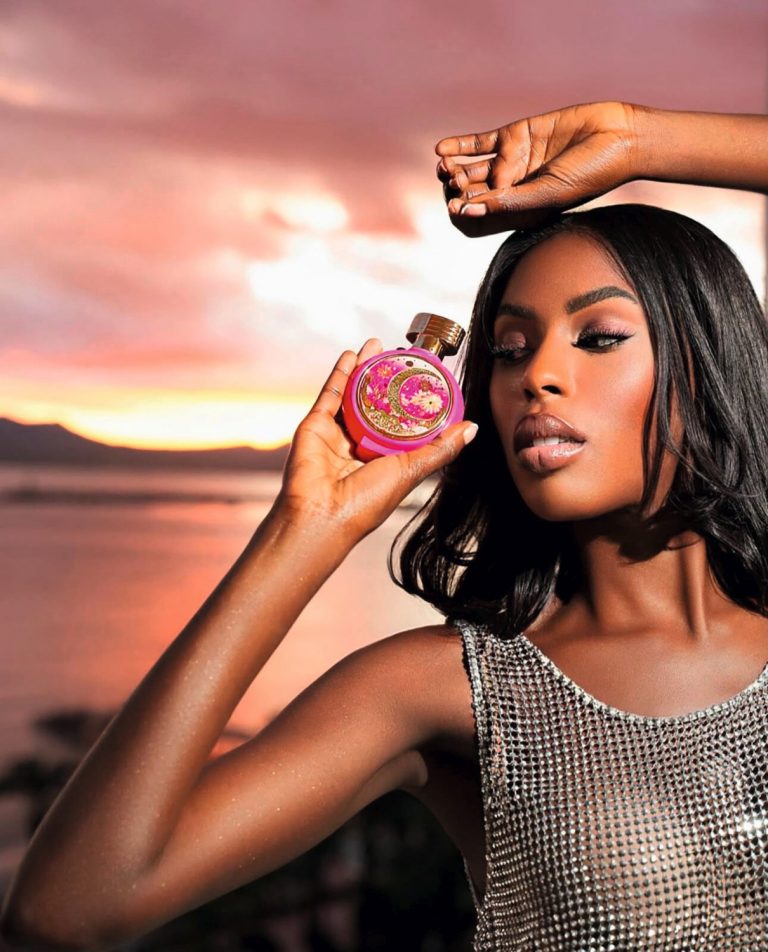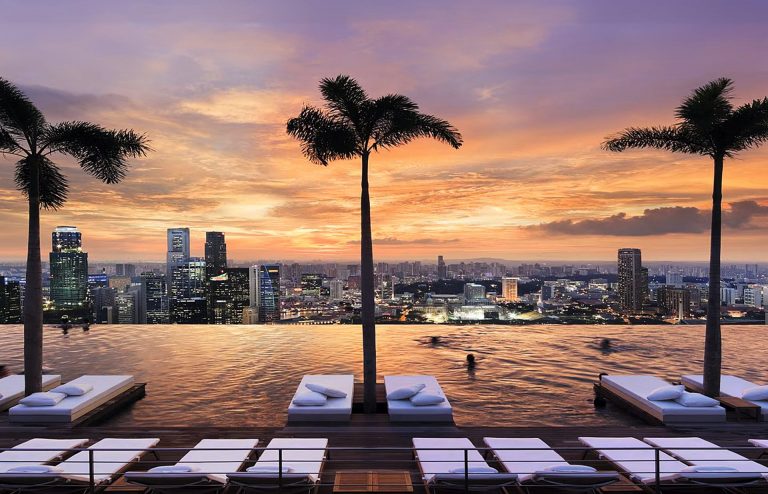Steve, can you tell us how the work on the fragrance was structured?
It started back in 2008, when I was first asked to recreate the smell of space to help train astronauts – it was supposed to reduce possible sensory shock and make it easier for them to adapt. We created such a scent, but honestly, I don’t know if it was ever used for its original purpose. But its formula has been kept for all these years in my archives. In 2020, I was approached by Kickstarter, a website that raises money for various creative projects, to support teaching STEM subjects in the United States. I have always been an advocate for increasing the interest of the younger generation in science and have even become an ambassador for STEM in British schools. I reconsidered the original formula, updated it, made it even more realistic and interesting, as I think – that’s how Eau de Space was born.
What helped you with your composition?
I didn’t have a chance to go into space myself, and I’ve never even smelled a space suit, but I did get transcripts of interviews with astronauts. In particular, they described the smell they smelled in the cabin of the space shuttle – a mixture of hot cooked metal and burnt meat. I also interpreted it as the smell of streams of charged particles and tried to recreate the impression in a scent.
What was the hardest part?
We often work with a descriptive brief from clients to translate their ideas and thoughts into olfactory language, so in this case there was nothing unusual… It was just that this time there was no “client” to approve the end result. It was important that all the ingredients not only work together, but be stable, simple and, ideally, not too expensive.
The website eaudespace.com, where this fragrance is sold, also features – Eau de Luna. Is that the scent of the moon? Do you have something to do with it, too?
Eau de Luna is the result of my meeting with Charles Duke, the youngest astronaut to walk on the moon, during his visit to the UK in 2009. We talked with Charlie, and I remember that he then described the smell of lunar dust as “reminiscent of used gunpowder. Later, I was approached by artists Sue Korke and Hagen Betzwieser, who asked for help with their project We Colonised the Moon – to add fragrances to visual art. The original fragrance created in 2010, of course, is very different from the current Eau de Luna product, which is intended for a completely different application and has therefore been redesigned.
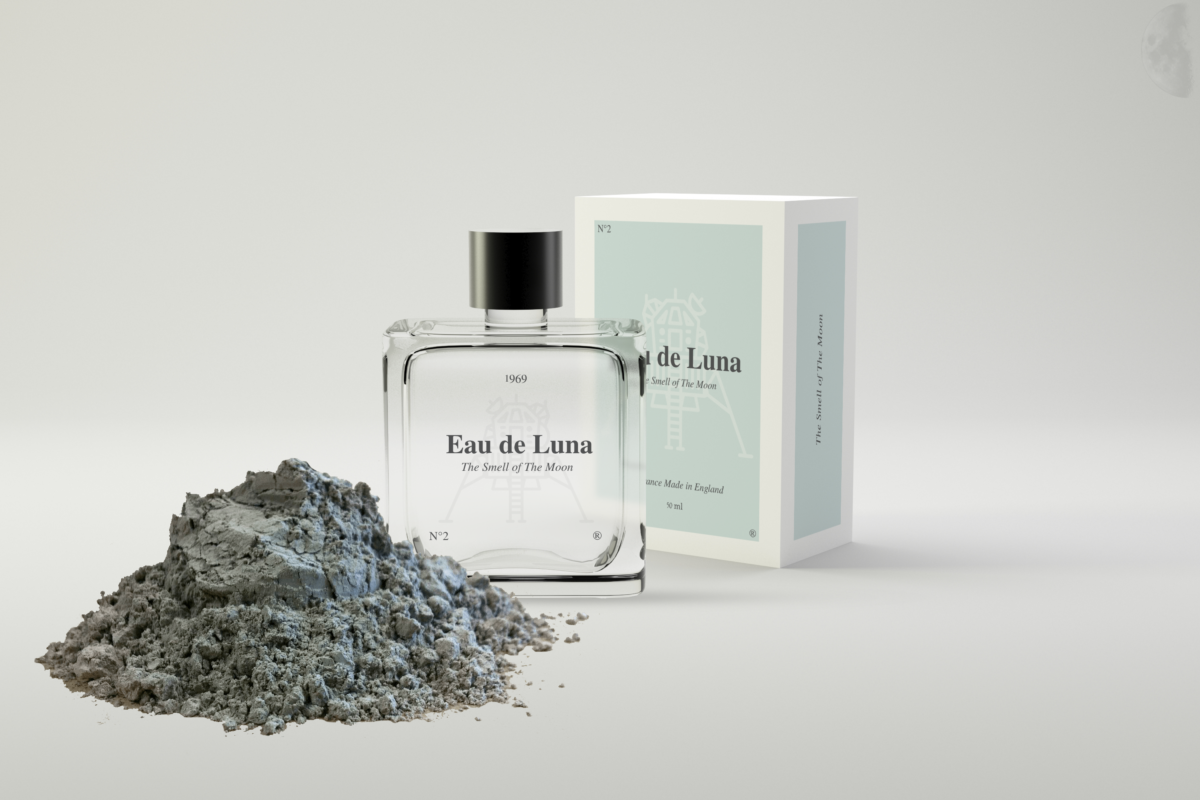
Working on other space flavors?
Mercury, Venus, Jupiter, Saturn. Space exploration gives a powerful boost, for example, the recent landing of the Perseverance planetary rover on the surface of Mars inspired me a lot.
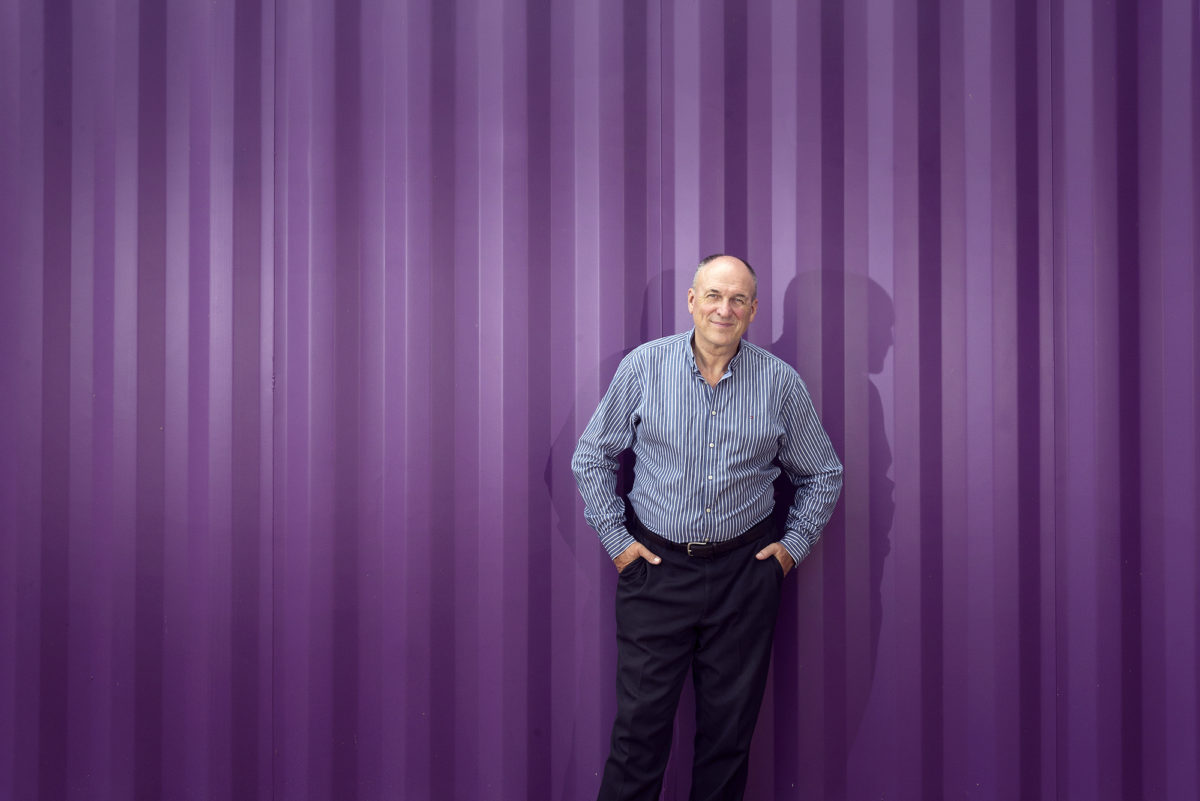
Oliver Valverde, known in perfume circles for his brand Oliver & Co, today heads a new project – Avant-Garden Lab. His collection includes former Oliver & Co fragrances in redesigned bottles and Oliver is re-releasing his once successful Nebulae Series line, inspired by telescope observations and dedicated to nebulae. The perfume Carina (former Nebula2), an homage to the Carina Nebula, with notes of citrus, metal, anise, nutmeg, and Veil (former Nebula 3), the Veil Nebula, with geranium, patchouli, lavender, metal, are already available to order. A reissue of Nebula 1 on the Orion Nebula is on the way.
avantgarden-lab.com
Photo courtesy of the press service
